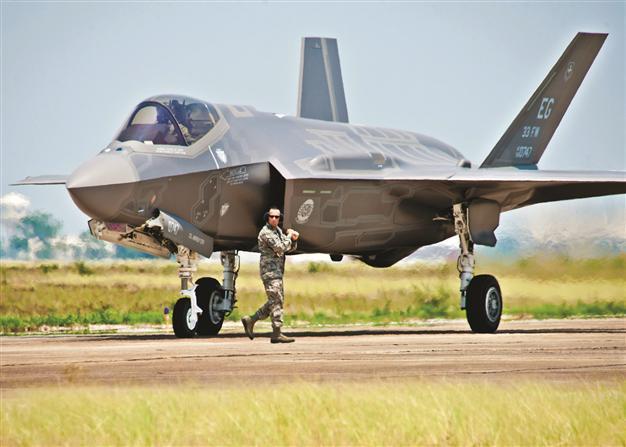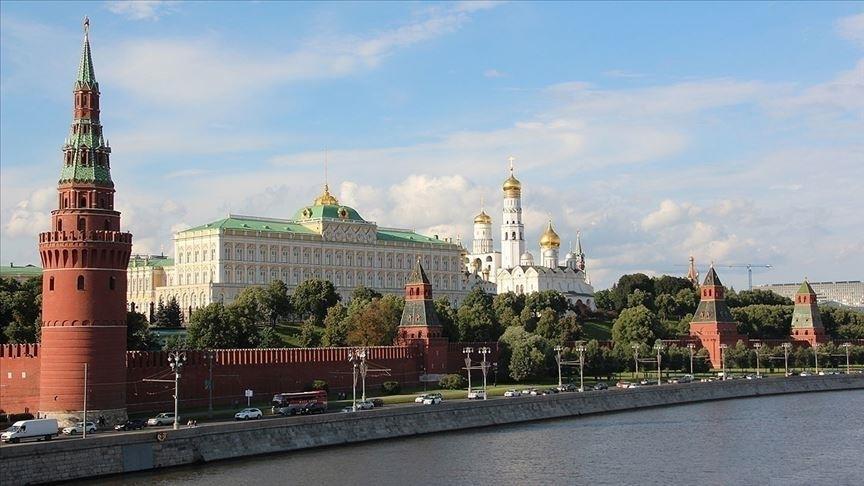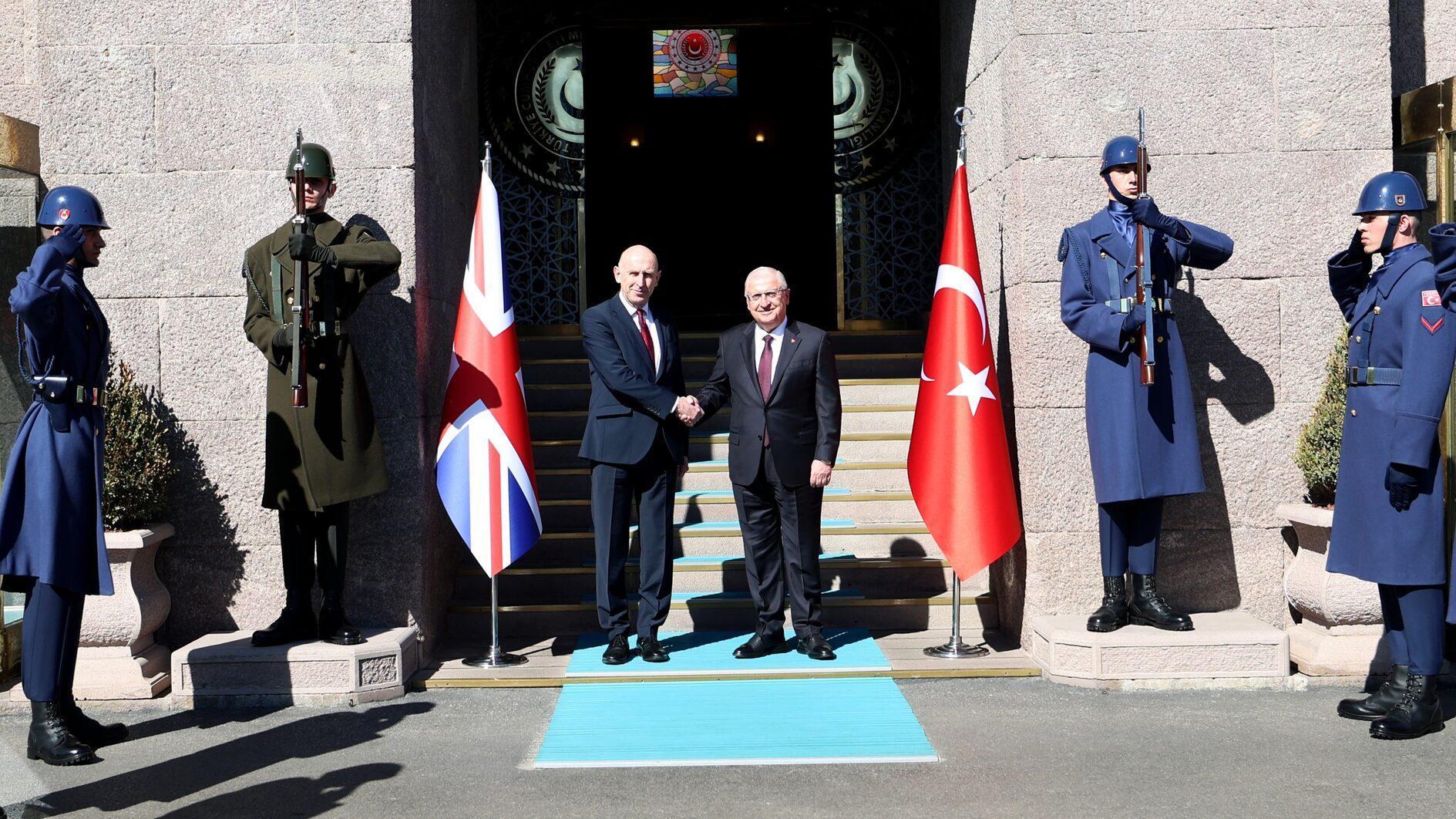Lockheed’s F-35 fighter attracts foreign interest
FARNBOROUGH - Reuters

AP photo
A 33rd Fighter Wing aircraft maintainer moves by the Department of Defense’s newest aircraft, the U.S. Air Force F-35 Lightning II joint strike fighter (JSF), before giving the pilot the order to taxi the aircraft at Eglin Air Force Base, Fla., July 14, 2011. This marks the first JSF aircraft to arrive to its new home at Eglin. (U.S. Air Force photo by Samuel King Jr.)More than 25 countries have expressed interest in Lockheed Martin Corp’s F-35 Joint Strike Fighter, including Singapore, which is still evaluating its options, and South Korea, which is due to pick a winner in its fighter competition by year’s end, top Lockheed officials have said.
South Korean officials are due to visit Lockheed’s Fort Worth, Texas, production facility and other sites later this year for weeks of data-gathering, including classified simulator tests, as they weigh the F-35 bid, according to sources familiar with what will be handled as a government-to-government sale.
Lockheed’s F-35 Joint Strike Fighter is vying with Boeing Co’s F-15 fighter and the four-nation European Typhoon for the multibillion-dollar 60-jet South Korean order.
Lockheed beat Boeing to win the lucrative Joint Strike Fighter contract in 2001. After years of cost overruns and technical challenges, as well as a 10-week strike earlier this year, Lockheed’s $396 billion F-35 program is now focused on what officials describe as normal goals for any new military aircraft: completing development and testing, starting pilot training and drumming up more foreign orders.
“We’re executing to plan, and executing to plan means that we’re becoming predictable,” Larry
Lawson, executive vice president for aeronautics at Lockheed, told Reuters on June 11 during an interview at the Farnborough International Airshow.
“And predictable is a very good thing ... with the amount of oversight that we have on the F-35 program,” he said.
Japan’s decision to buy the F-35 last December gave the program a big boost, but U.S. officials are keen to lock in more customers to help increase the number of jets being built, which in turn will reduce the price of all planes that are eventually built.
Lockheed had hoped to drive down the price per plane by quickly ramping up production to around 18 to 20 planes a month. Instead, production will stagnate at around 30 planes a year for the next few years.
Lockheed officials and F-35 test pilots touted the program’s progress during a media briefing at the air show, where a mock-up of the radar-evading, single-seat aircraft drew a steady stream of interest from industry executives and foreign delegations.
Lockheed is building the new warplane for three U.S. military services and eight international partners -- Britain, Italy, Turkey, Canada, Australia, Denmark, Norway and the Netherlands. Israel and Japan have also ordered the plane.
The Pentagon restructured the $396 billion weapons program for a third time this year, postponing production of 179 fighter jets until after 2017, to allow more time for development and testing, and to reduce the number of needed retrofits.
The move added $1 billion to $6 billion in cost to the program, according to various estimates, because it eliminated anticipated economies of scale that were meant to start sharply reducing the cost as production quantities increased.
















